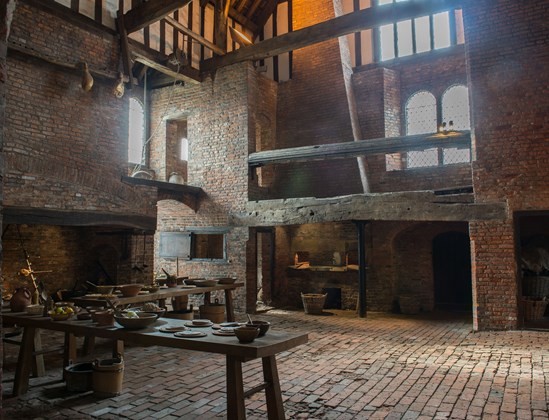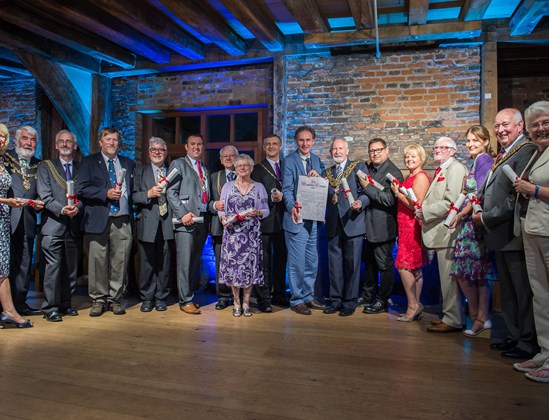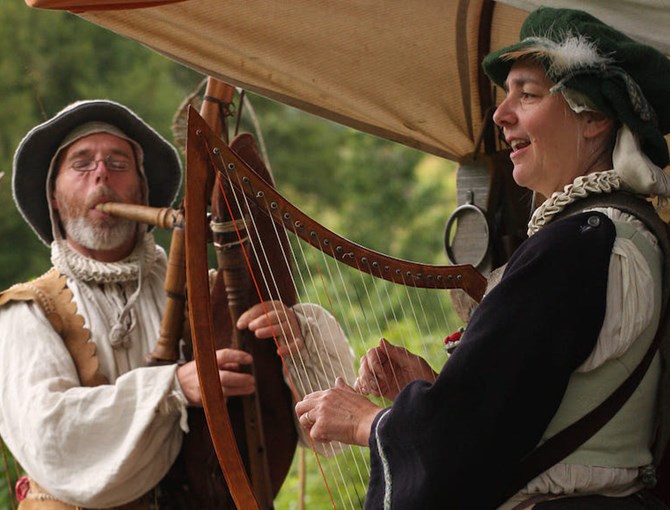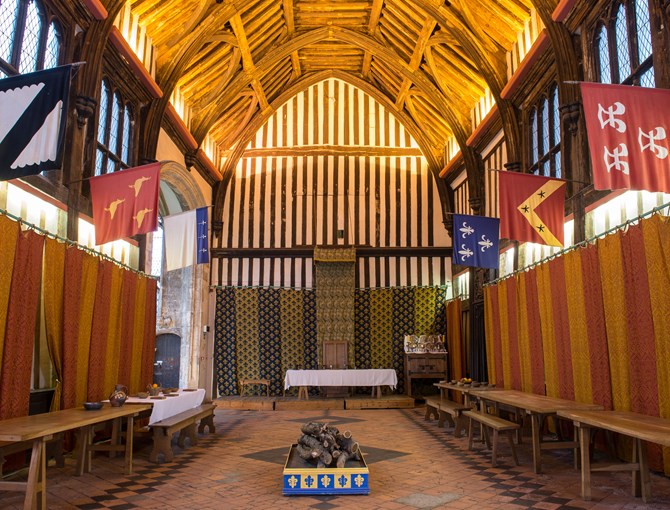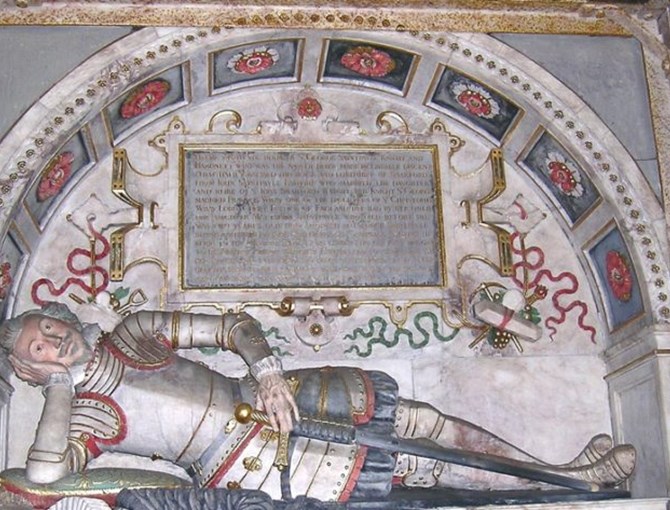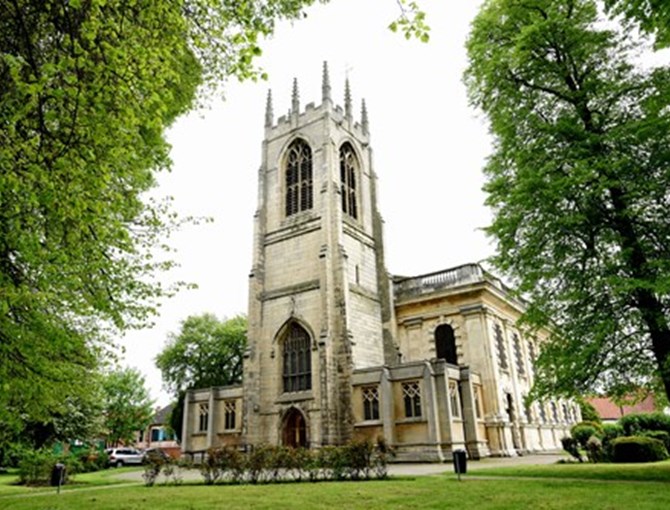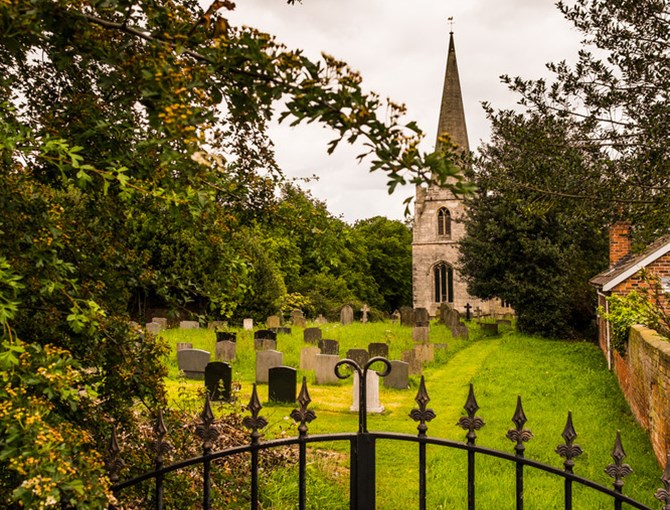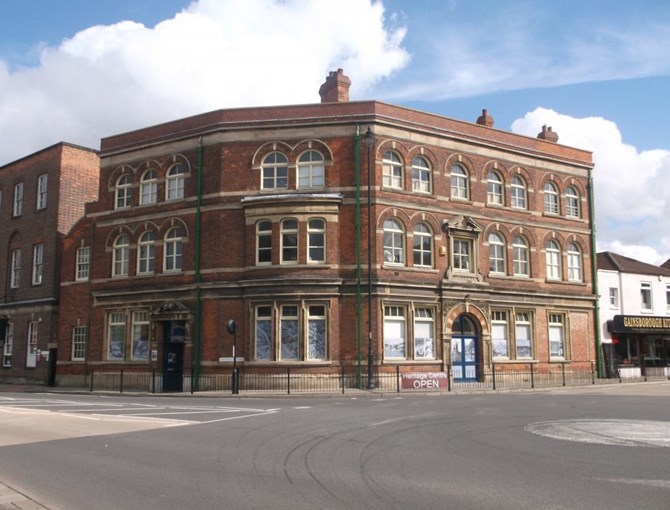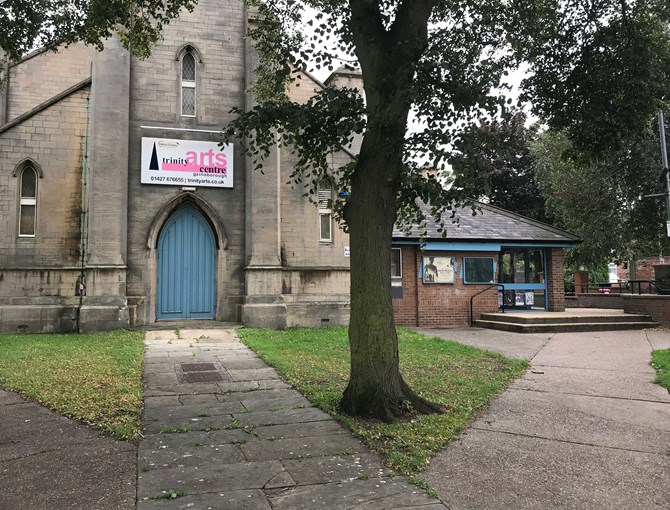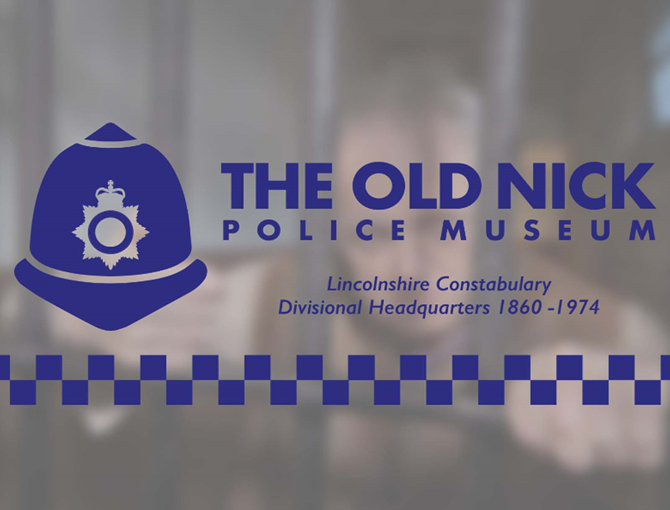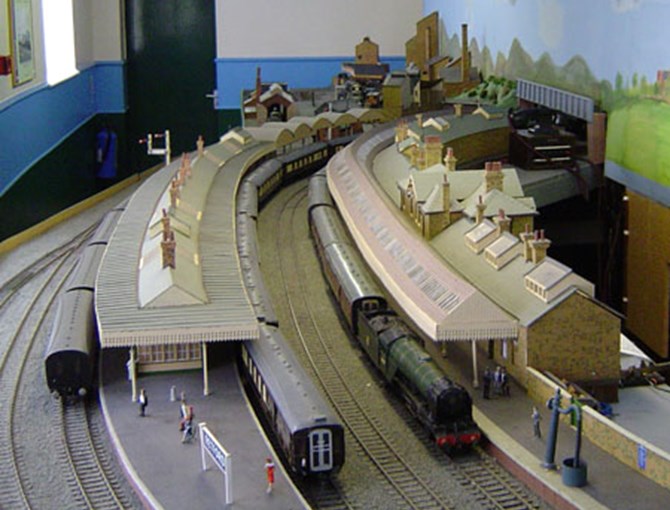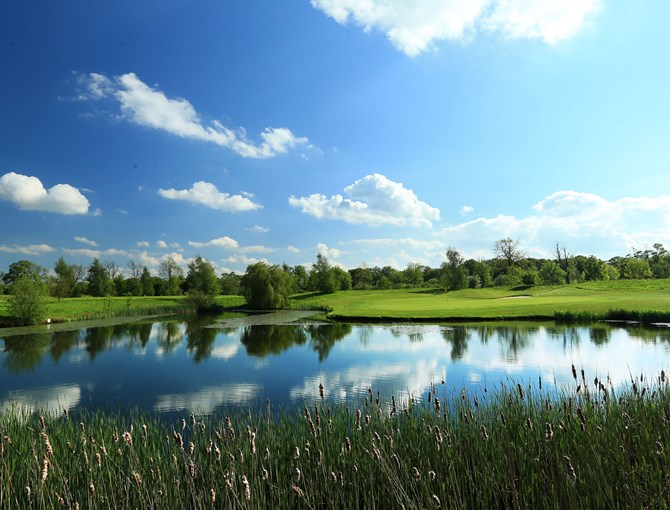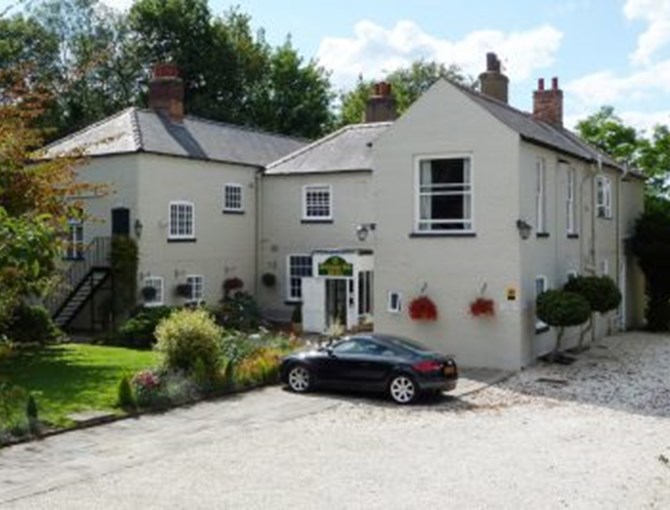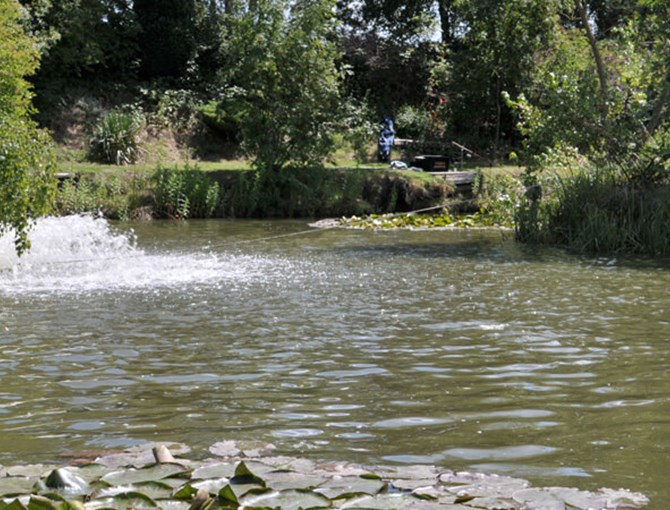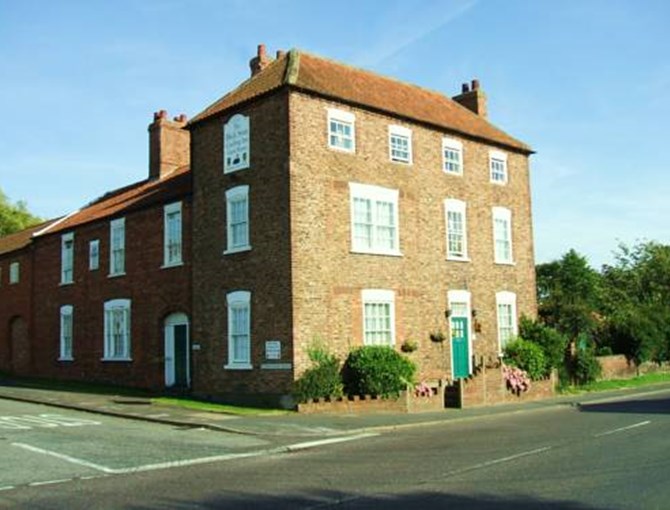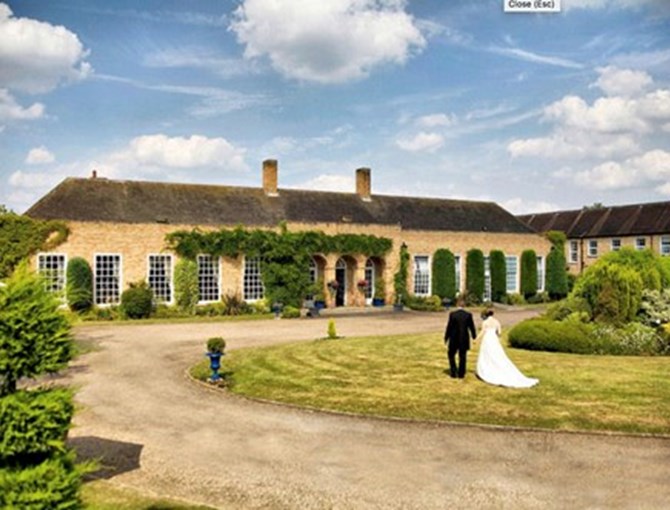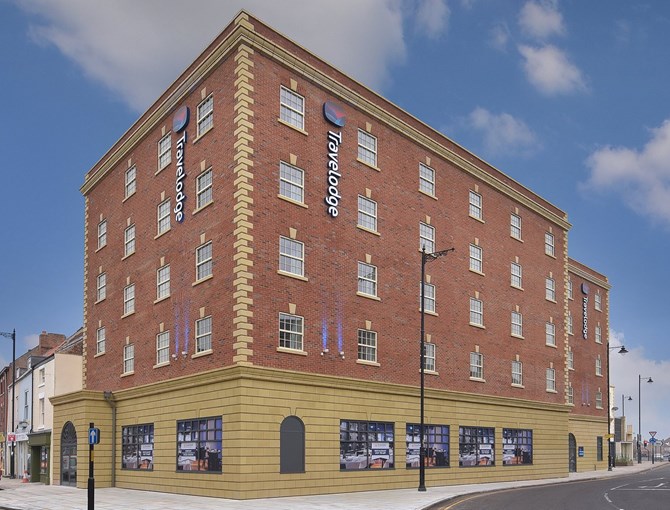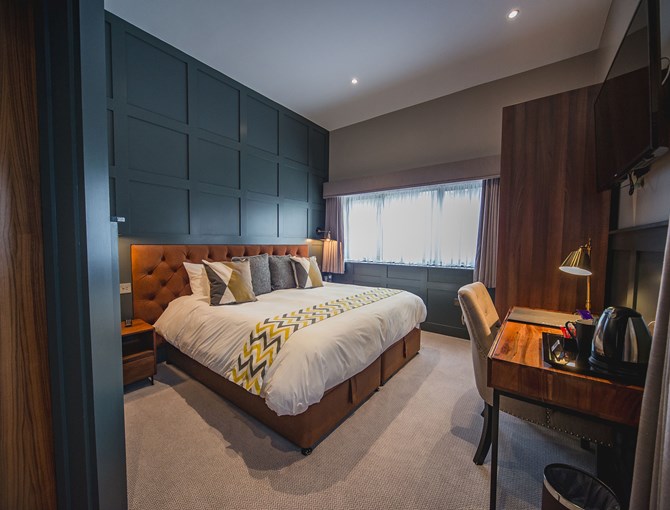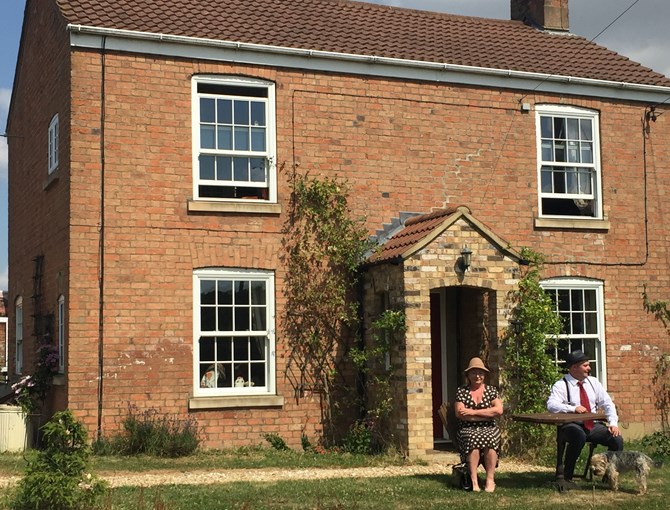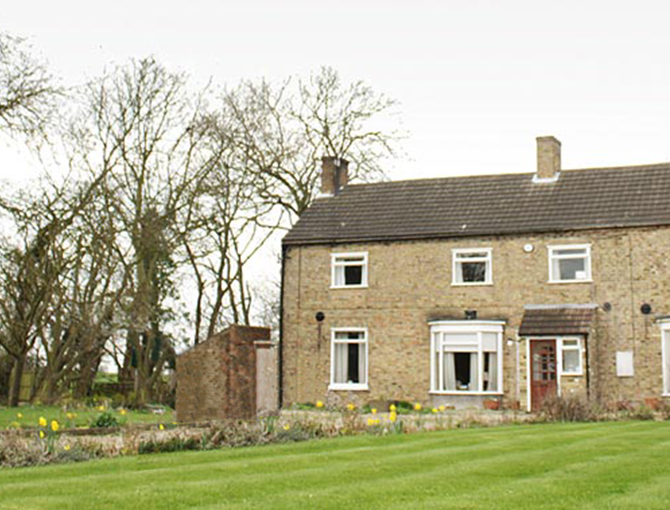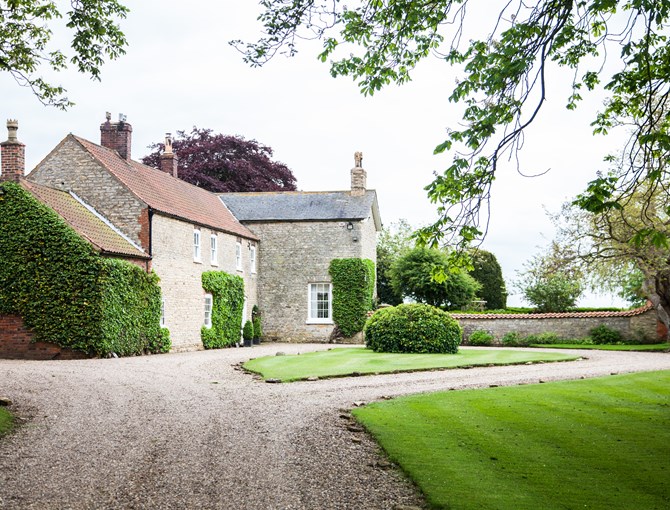

- Contact Us
- Search
-
Mayflower400 partner destinations:
Visiting Gainsborough, Lincolnshire
Gainsborough is a market town on the edge of the county of Lincolnshire, on the banks of the River Trent and adjacent to Nottinghamshire. Gainsborough Old Hall is the largest visitor attraction in the local area. Visitors can explore its magnificent interior and learn more about its royal connections and role in the Separatists’ story linked to the Mayflower Pilgrims. You can also enjoy lunch in café, set in the 15th Parlour, or browse the gift shop. Guided tours are available on request.
Just a short walk away is Marshall's Yard, a popular retail spot where you can find your favourite high street brands as well as well-established independent shops that also stretch into the historic town centre. Gainsborough is surrounded by pretty English villages, an area with many churches that open their doors during the West Lindsey Churches Festival. The West Lindsey Churches Guide is also a handy reference if you’re visiting outside of the festival. Gainsborough is also home to the United Reformed Church's John Robinson Memorial Church, built in honour of the 'Pastor to the Pilgrims'.
Find out more about Gainsborough's significant heritage at the Gainsborough Heritage Centre, close to Marshall's Yard (open Tuesdays and Saturdays). The Gainsborough Model Railway Museum is also open during special open days (see their website for details).
The region is home to significant aviation heritage, with connections to the American Eagle Squadron. The RAF Red Arrows Aerobatic display team can often be seen in the large Lincolnshire skies, and the International Bomber Command Centre is also located in nearby Lincoln and serves as a point of recognition, remembrance and reconciliation relating to Bomber Command and the bombing war in Europe. The West Lindsey Aviation Guide also provides a fascinating insight to the history of the area.
You can watch a video of Illuminate 2019 - the first event in Gainsborough's Mayflower year - below
Gainsborough and the Mayflower story
Some of the Separatists are thought to have worshipped clandestinely at Gainsborough Old Hall - now regarded as one of the best preserved medieval manor houses in Britain - with the permission of its sympathetic owner, merchant William Hickman.
Their preacher, John Smyth, was a strong influence on the Mayflower Pilgrims, and is generally considered to have later been a founder of the Baptist churches. Smyth had a large congregation of sixty or seventy people meeting secretly, thanks to the sympathies of William Hickman.
In 1606, they formally separated from the state church. Two groups formed – one in Gainsborough and one in Scrooby, across the Trent, under the care of a like-minded preacher Richard Clifton, the former rector of Babworth.
Using the Bible as their guide the Gainsborough Separatists vowed:
“We covenant with God and with one another to walk in His ways made known or to be made known to us, according to our best endeavours, whatsoever it will cost us, the Lord assisting us.”
It cost them much hardship and heartache and ultimately their homes and their homeland. As the authorities intensified their crackdown on the Separatists, Smyth and a number of his followers resolved to emigrate in pursuit of their religious freedom. They slipped away from Gainsborough in 1607-08, heading for Holland.
William Hickman’s mother Rose was a remarkable lady who wrote her life story in her own hand at the age of 85. Born Rose Locke in 1535 during Henry VIII’s reign, she grew up a committed Protestant. She married Anthony Hickman, a London based merchant adventurer who, with her brother Thomas Locke as partner voyaged to the far countries to the south and south east parts of the world. Their pioneering trading journeys were chronicled by the geographer Hakluyt.
When Henry VIII’s daughter Mary I came to the throne in 1553 she reversed her father’s church reforms and forcibly reintroduced Catholicism. She looked once more to the Pope in Rome to head the English Church. Rose, Anthony and Thomas secretly helped the Protestant cause and gave shelter to hunted men, including the founder of the Presbyterian Church John Knox. Frightened by the men’s arrest and solitary confinement in London’s notorious Fleet Prison, Anthony escaped and fled to Antwerp on his release.
Rose was expecting her first child and could not travel with her husband. When the baby was born she stored all her household stuff in a friend’s house and took only the baby and a large feather bed which she laid in the bottom of the old hulk that took her to Antwerp. The master said of the ship:
“If it please God to speed us well in the voyage it should never go to sea again.”
The crossing took five days in rough seas.
Rose avoided a full Catholic baptism for her first child in England by substituting sugar for the salt she should have provided as part of the ritual. In Antwerp the Church was also Catholic but worship was in a large congregation in the Cathedral and they were not missed. When her second baby was born Rose again avoided Catholic baptism. Their house had two doors leading out onto separate streets and she implied to neighbours that she had left by the other door to go to the baptism.
There was a chapel for English merchants and their families but the governor of the small English community turned a blind eye to the Hickmans and he let them know that though he did bark, yet he did not bite.
During Queen Mary’s reign Rose often prayed earnestly to God to take either 'her or me' forth of the world. When Mary died in 1558, the Hickmans were able to return to England. Rose proudly claimed that during Mary’s reign, she never was present at any of the Popish masses or any other idolatrous service.
Rose was still vigorously alive during the years when the Separatist Church formed in Gainsborough and must surely have influenced her son’s attitude towards religious freedom. She was buried at the Parish Church in Gainsborough on 22nd November 1613.
William Hickman
A religious exile as a baby and the son of strong-minded free-thinking parents, William grew up valuing religious freedom. In 1596 the merchant class, to which William belonged, was rising buoyantly in England as trade in Europe and the newly developing colonies boomed. Many merchants found their wealth overtaking that of the traditional aristocracy whose incomes were fixed and whose lifestyles and commitments to the Queen and her armed forces were financially crippling.
Living in London at the time when Lord Burgh was negotiating with London moneylenders for loans, William was in an ideal position to acquire his own country house and estate as did many of his fellows.
The Gainsborough Separatists & John Smyth
John Smyth was a preacher in the city of Lincoln from 1600 to 1602, but after two years there he was deposed by the Bishop of Lincoln for his strange doctrines and forward preaching of his Puritan views that had been developing since his early days at Cambridge University.
He then came to Gainsborough as a preacher. His daughter Chara was baptised in Gainsborough Parish Church in 1603/4, followed by Sara in March 1605/6. Later that year he broke with the Church of England to join the Separatists.
It is thought that John Smyth enjoyed the freedom to preach in his own style at the Old Hall under the protection of the new lord of the manor William Hickman, who was far from worried about public opinion or harassment by the bishop.
Hopes of religious freedom were dashed for people like John Smyth and Richard Clyfton in 1604. The new monarch King James dreaded a church without bishops because he could see a time when there would be no bishops - and no king. He threatened “I will have bishops to govern the Church. I will make them conform themselves or I will harry them out of this land - or else do worse.” He banned private religious meetings and removed clergymen who refused to conform. The Separatists were under severe pressure.
By this time, John Smyth already had a large congregation of sixty or seventy people meeting secretly in Gainsborough. Members were drawn from the town and the surrounding country including the Isle of Axholme, Retford, Worksop, Broxtowe Hall, Scrooby, Sutton, Mattersey, Sturton le Steeple and North Wheatley.
In 1606, they formally separated from the state church. Later the same year the Gainsborough congregation split into two groups. One group now met nearer their homes across the River Trent under the care of a like-minded preacher Richard Clifton, the former rector of Babworth.
Using the Bible as their guide the Gainsborough Separatists vowed:
“We covenant with God and with one another to walk in His ways made known or to be made known to us, according to our best endeavours, whatsoever it will cost us, the Lord assisting us.”
It cost them much hardship and heartache and ultimately their homes and their homeland.
By 1606, Scrooby had Richard Clifton as Preacher, John Robinson as Teacher and William Brewster as Elder. The large congregation, including William Bradford, met secretly in Scrooby Manor House where Brewster entertained them with great love.
They continued to meet there during the spring and summer of 1607, but their activities were reported and in September Brewster lost his government job as master of the post. The congregation was then 'hunted and persecuted on every side'. Brewster and three others were also harassed by the Archbishop of York, the owner of Scrooby Manor, and they were imprisoned and fined in York. 'Some were taken and clapped in prison, others had their houses beset and watched day and night and most were fain to fly and leave their houses and habitations and their means of livelihood'. At that, both the Scrooby and the Gainsborough Separatists decided to leave England and they began to sell their belongings.
Escape to Holland: The Gainsborough Congregation’s Escape
The Separatists were being pushed to conform. Sir William Hickman found himself under pressure from the Bishop of Lincoln for permitting John Smyth to preach. Unable to emigrate legally without permits and unable to obtain permits, John Smyth and at least forty of his Gainsborough followers slipped quietly away and disappeared from Gainsborough in late 1607 or early 1608.
How they went is not known but it would be relatively easy to slip aboard a river barge at the town docks and travel to Hull and then to sail from there on a merchant ship. They are next heard of in Amsterdam where they joined some 300 other English Separatists in exile. At the time of their escape John Smyth’s two daughters, recently baptised at the Parish Church, were still babies.
Supported by our national sponsors and funding partners
Gainsborough's Mayflower programme
Supported by a £500,000 award from the Heritage Lottery Fund, partners from across Nottinghamshire, Lincolnshire and South Yorkshire came together to develop an exceptional programme of heritage activity commemorating the birthplace of the Separatists and the stories that inspired their journey to America. More than 100 activities were planned in the build-up to and through 2020 and 2021. Alongside the PilgrimAGE 2020 festival, highlights included:
-
The region’s existing self-drive Mayflower Trail was renamed the Pilgrims Trail, and received significant investment to increase its scale and content, including digital resources. The trail was enhanced by a range of activities targeting visitors and residents, providing unique experiences that engaged people with the local landscape and heritage
-
A new Pilgrims Gallery at Bassetlaw Museum opened in May 2019. This tells the story of the Pilgrims in North Nottinghamshire, addressing core themes of tolerance, freedom and migration while also acting as the focal point for the Pilgrims Trail
-
A series of high-profile exhibitions took place across the Roots region, including a new permanent installation in Gainsborough Old Hall and multiple shows across Doncaster’s Heritage Festival
-
Imagination Museum Mayflower 400 by Katie Green used the medium of dance to interpret the Pilgrims' story and engage young people, with performances based at non-traditional dance spaces such as museums and exhibitions
-
A brilliantly diverse cultural programme, with activity ranging across performance, photography, health and well-being, digital, writing, schools engagement and more. This was developed in partnership with local communities and organisations such as Bassetlaw Christian Heritage and the Percy Laws Gallery, ensuring that content was accessible, authentic and carry real resonance for visitors and residents
Gainsborough Mayflower Highlights
- events
- attractions
- accommodation
- Events
- Attractions
- Accommodation
News

Mayflower book explores the fascinating life of Mary Brewster
News
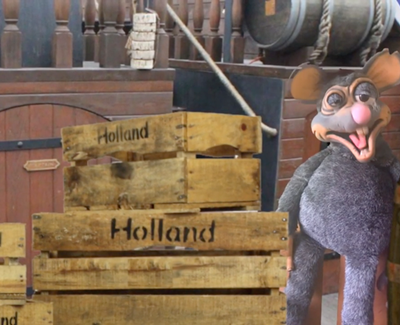
Film explores Pilgrim Roots region's links to Mayflower story
News

School pupils' Mayflower exhibition goes online at Gainsborough Old Hall
Blog
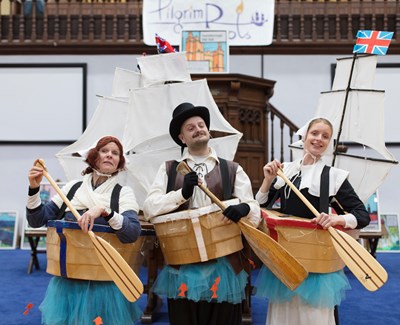
8 things you didn't know about Gainsborough
News
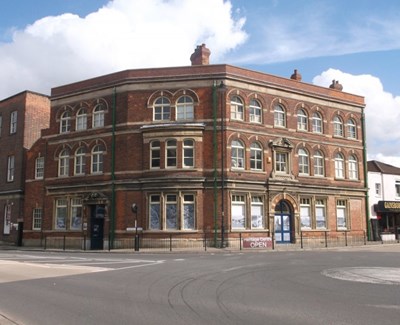
Gainsborough exhibition tells fascinating story of Mayflower II
Sign up for the latest Mayflower 400 news
You'll be the first to hear the latest Mayflower news, events, and more.
Log In
Register
Mayflower 400 Proudly Supported by our National Sponsors and Funding Partners
